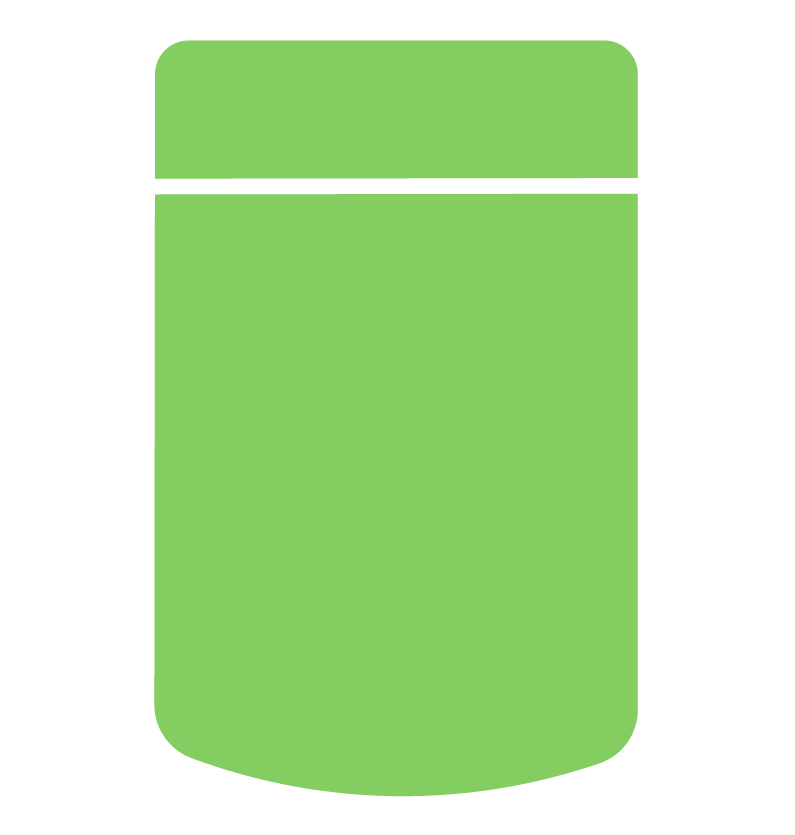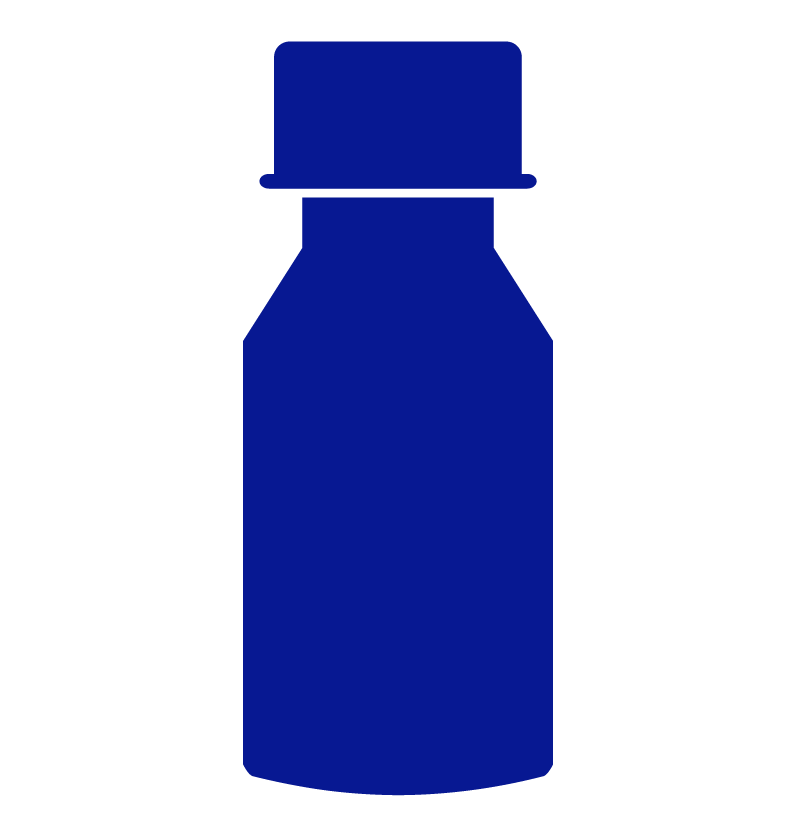Previous Article
Understanding Chronic Pain and Treatments
Pain is critical in the survival of all animals including humans – it alerts us to potential tissue damage that leads to a wide range of actions to prevent or limit further damage.
Pain Physiology
Pain develops when sensory nerve endings termed nociceptors (i.e., pain receptors) meet a painful stimulus. The nerve impulse travels from the nociceptors to the spinal cord, where it is quickly diverted to the brain. The brain processes the pain sensation and quickly initiates a motor reaction to try to stop the action that is causing the pain1.
Pain that is persistent and recurring might become a concern and progress into chronic pain. We have learned that pain is a complicated interaction between various bodily functions that can fundamentally alter our nervous system. Most importantly, pain is influenced by biological, psychological, and social factors, leading the International Association for the Study of Pain (IASP) to define pain as “an unpleasant sensory and emotional experience associated with, or resembling that associate with, actual or potential tissues damage2.”
The Pain Triad
Chronic pain is rarely isolated; it is frequently linked with sleep disturbances and emotional distress, forming the well-known “Pain Triad”. These three interconnected ailments can affect a person's quality of life. For example, a high level of pain can lower your mood and reduce your quality of sleep.
The Analgesic Potential of Cannabinoids
Did you know that, like opioid receptors, we have 'cannabis receptors' in our brains? In fact, we produce substances like those found in cannabis in our bodies, which are known as 'endocannabinoids,' much as we produce opioids, which are known as 'endorphins.'
The endocannabinoid system interacts with opioid, serotonin, and NMDA receptors, which are all important pain pathways in our body.
CB1 and CB2 receptors are the two primary endocannabinoid receptors. CB1 receptors are found mostly in the peripheral and central nervous systems, and they have a direct overlap with opioid receptors. CB2 receptors regulate the release of cytokines, chemokines, neutrophils, and macrophages and are predominantly present in peripheral and immune cells, suggesting that these receptors have a key role in chronic inflammatory pain.3
References:
[1] International Association for the Study of Pain. (2011). Descriptions of chronic pain syndromes and definitions of pain terms. Classifications of Chronic Pain (2nd Edition). IASP Press: Seattle.
[2] IASP Definition of Pain Task Force. (2019). IASP’s proposed new definition of pain released for comment. Washington, D. C.: IASP. Retrieved from https://www.iasp-pain.org/PublicationsNews/NewsDetail.aspx?ItemNumber=9218|
[3] Cooper, Z.D., Bedi, G., Ramesh, D., Balter, R., Comer, S.D., & Haney, M. (2018). Impact of co-administration of oxycodone and smoked cannabis on analgesia and abuse liability. Neuropsychopharmacology, 43(10), 2046-2055.
Next Article
Ways to cope with chronic pain
Chronic pain is best treated through multi-modal therapies including physical therapies, psychotherapy, spiritual care, lifestyle management, and interventional therapies.
Start by setting goals that are SMART (specific, measurable, action oriented, realistic, and time-based). For example, “I want to reduce my pain from an 8/10 to a 6/10 so I can walk the dog around the block within 4 weeks after starting treatment”.
The drug classes that correlate to the three pillars of the pain triangle – Chronic Pain, Insomnia and Stress are listed below. Medical cannabis is a promising alternative for all, and it is likely to avoid the negative side effects associated with these drugs, particularly opioids.
References:
National Pain Centre (2017). The 2017 Canadian Guideline for Opioids for Chronic Non-Cancer Pain. Hamilton, ON: McMaster University.
Retrieved from:
http://nationalpaincentre.mcmaster.ca/documents/Opioid%20GL%20for%20CMAJ_01may2017.pdf






